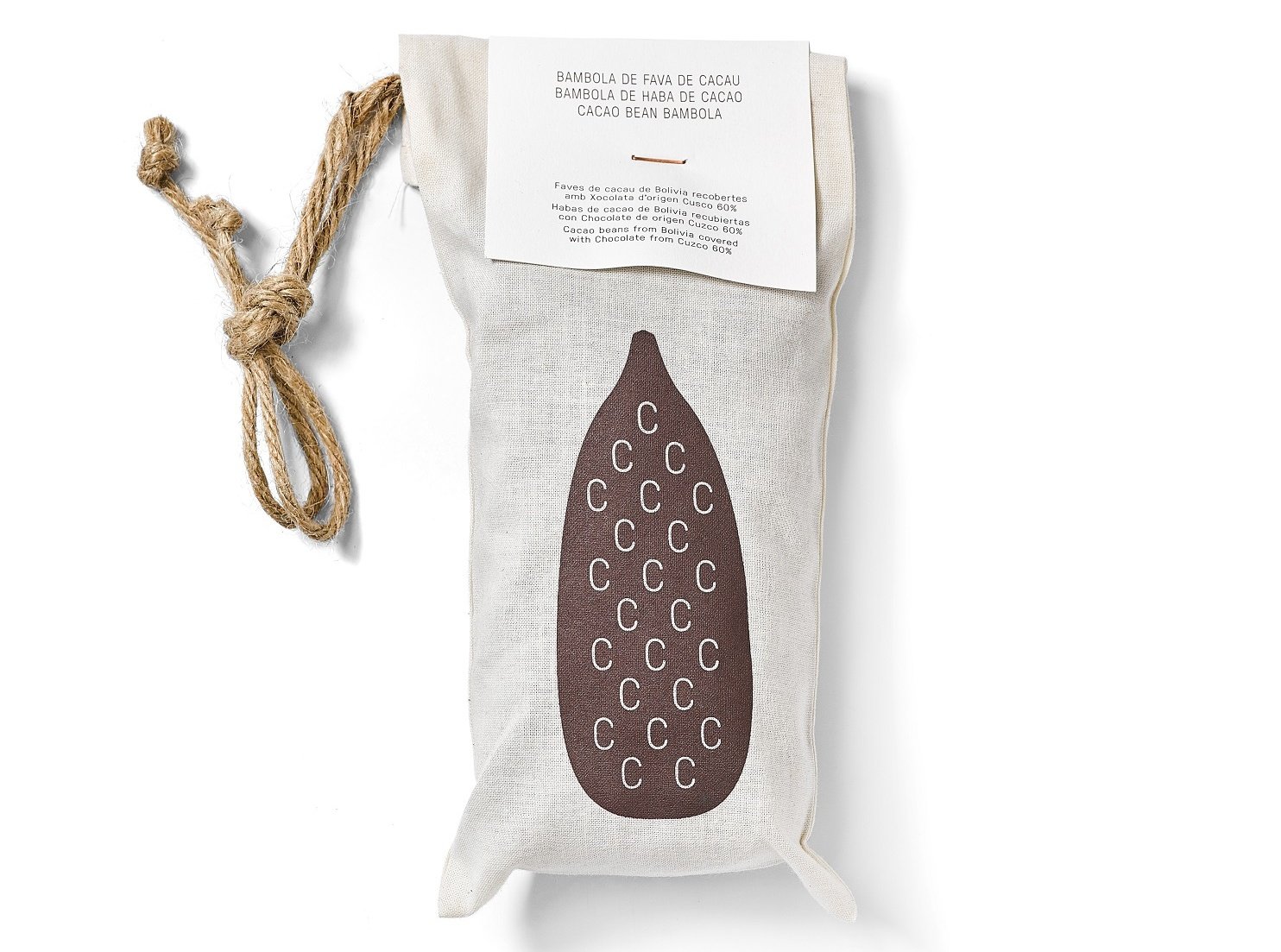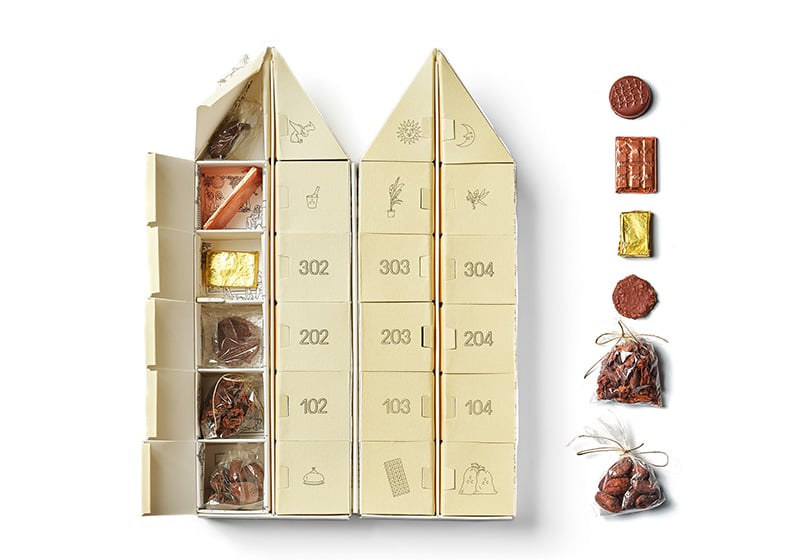Table of Contents
Whether it’s for its multi-sensory attributes – the colour, the snap, the mouthfeel, the complexity of flavours and aromas – or because it gives us those little moments of pleasure, chocolate has always been one of the world’s favourite foods.
The difference is that consumers are increasingly looking to enjoy this product in a healthy way, and without harming the planet and its people. 67% of global consumers want to know more about where their chocolate comes from and what it contains, according to the report ‘Top Chocolate Trends of 2022’, by chocolate manufacturer Barry Callebaut.
The cocoa industry is making major strides to move towards more sustainable agricultural and sales practices of this raw ingredient, which promote biodiversity conservation and improve the lives of farmers. This includes everything from the quality and origin of the cocoa or sugar to the packaging used, as we will see in the following examples of initiatives from different parts of the world.
Natural wrappers with award-winning designs

From a factory in the mountains of Utah (USA) come Ritual’s delicious chocolate bars, made with made from cocoa grown organically – protecting both biodiversity and genetic variation – and paying fair wages to the producers. The goal at the factory is to achieve 100% zero waste and solar energy. The packaging – both compostable and recyclable – has been redesigned with a new logo and delicate border lines, artwork and text to more authentically convey the factory’s mountainous location, where tours and chocolate tastings are available.

The chocolate-making process can also be seen through the shop windows of Casa Cacao’s factory in the urban environment in the city of Girona (Spain). The famous Roca brothers are reimagining classic pastries with chocolate from small communities in Peru, Mexico, Venezuela, Colombia and Ecuador, from whom they buy directly and always at a fair price. The dark chocolate bars and boxes of chocolates are wrapped in cocoa paper from the Museu Molí Paperer de Capellades. The cocoa beans and hot chocolate are packaged in a textile bag made by a company promoting access to the workplace. Packaging for Bean to Bar has won the 2021 Gold “Brand Experience” award from the Academy of Chocolate.

Using art and humour to challenge traditional rules

The founders of Le chocolat des Français are determined to bring the wisdom of French chocolatiers to the rest of the world. To do so, they have sought out the best ingredients and master chocolatiers in the country. But probably the most remarkable thing about the brand is that they break the traditional rules of artisan chocolate with creativity and humour. The packaging for their chocolate bars, candies, advent calendars and more are all illustrated by hundreds of artists with one brief: “your best representation of French culture.” Theey are all limited editions, printed exclusively with Pantone colours.



The packaging of COCO Chocolatier’s (Scotland) chocolate bars, thins, bombs and biscuits – among other products – are also a canvas for artists and artisans who dare to innovate, inspire and challenge. As for their raw ingredients, they collaborate with Luker, a Colombian company working with cacao farmers across the country, teaching local farmers how best to cultivate their land and get more from their yield using ethical production.
Changes in packaging materials

The idea for Peak Chocolate was born out of its founders’ concern over the avalanche of chocolates full of sugar and artificial ingredients on supermarket shelves in Australia. So they worked together with nutrition and chocolate specialists to create a product without added sugar, with specific functional supplements. Because they need to be consumed in precise quantities, the chocolate is packaged in individual servings. However, they have recently reduced their packaging, and now sell four individual servings in a single wrapper.

Dutch journalist Teun van de Keuken founded Tony’s Chocolonely after learning about the harsh realities behind the cocoa industry in countries such as Côte d’Ivoire and Ghana. ‘Slave free chocolate’ is the motto of this brand, which seeks to directly draw attention through its visual identity: bold, retro typography printed on matt paper in striking colours. Like Peak Chocolate, the brand has made changes to its packaging, which is now made with aluminium and paper, materials that decompose more easily than the previous plastic – consumers often throw the chocolate wrappers in the regular trash rather than recycle them.
Traditional roots as a source of inspiration
The commitment of Maraná (Peru) to the people who dedicate their work and their lives to cocoa cultivation is demonstrated not only in its fair price policies or its programmes aimed at improving harvesting techniques. It is also shown in the beautiful illustrations depicting scenes from the daily life of Peruvian cocoa farmers in its three chocolate collections. In the Piura Collection, for example, an artist reimagines the techniques and spirit of the works of Pancho Fierro, a painter who portrayed the life and customs of 19th century Peruvians, capturing them in expressive watercolours. And the Cusco Collection is inspired by the ‘Tablas de Sarhua’, native to the Peruvian Andes, in which family stories are “narrated” by means of drawings on long boards of wood. Each member of the family is shown doing their chores and the board is the gift that the “spiritual compadre” gives to the bride or groom when he or she gets married or when the couple moves house.
For their six ASSAI chocolate bards, crafted by the skilled hands of chocolate masters, the Italian creative studio Happycentro has imagined six intrepid knights. The design, one of their studio’s projects, is deeply rooted in Sicilian tradition, fusing Modica chocolate with the classic Opera dei Pupi, a historical representation of legendary poems. But there’s also a surprise: the knights can be transformed into cut-out puppets to embark on adventures.
Whether through art, humorous messages, innovation or a return to tradition, the global chocolate industry is turning towards respect for biodiversity and the work of farmers through both production and packaging design.

